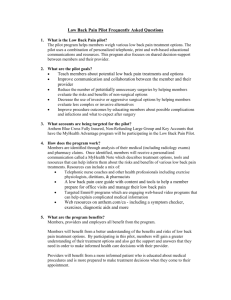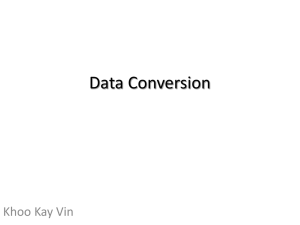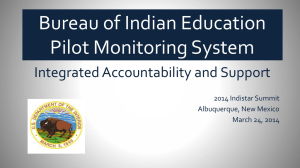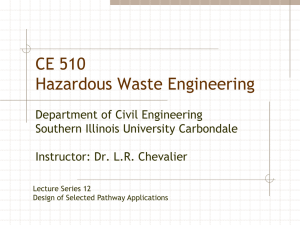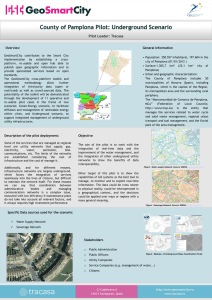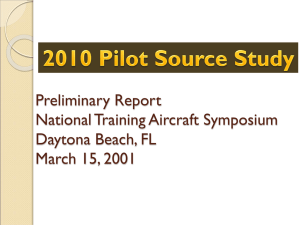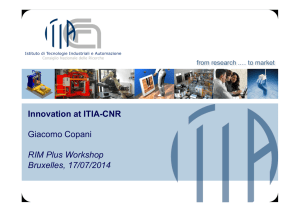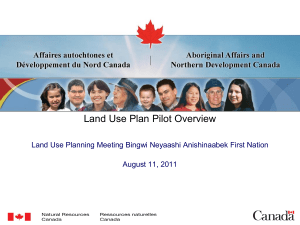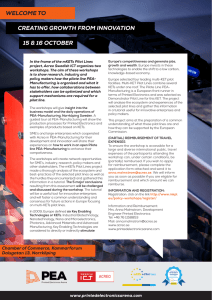Pilot study
advertisement
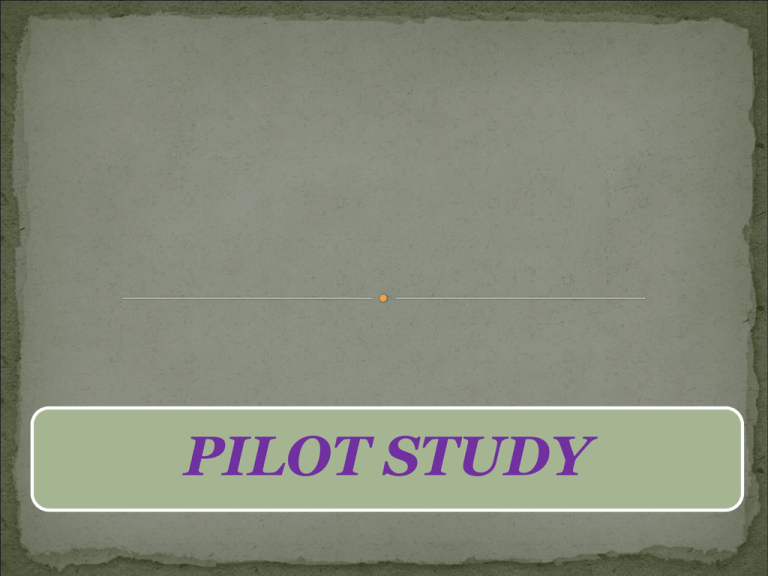
PILOT STUDY Pilot study is a small scale preliminary study conducted in order to evaluate feasibility, time, cost, adverse events, and effect size (Statistical variability) in an attempt to predict an appropriate sample size and improve upon the study design prior to performance of a full scale research project. 1.Pilot study is a small experiment designed to test logistics 2. Gather information prior to a large study 3. Improve the actual study’s quality and efficiency 4.Reveal deficiencies in the design of a proposed experiment or procedure and these can then be addressed before time 5. A good research strategy requires careful planning and a pilot study will often be a part of this strategy A smaller version of a larger study that is conducted to prepare for that study. A pilot study can involve pretesting a research tool, like a new data collection method. It can also be used to test an idea or hypothesis. Pilot studies are used as ‘feasibility studies’, to ensure that the ideas or methods behind a research idea are sound, as well as to “work out the kinks” in a study protocol before launching a larger study. 1.Carried out before large scale quantitative research in an attempt to avoid time and money being wasted on an inadequately designed project. 2.It is a potentially valuable insight and should anything be missing in the pilot study, it can be added to the full scale (and more expensive) experiment to improve the chances of a clear outcome. 3.Pilot experiments are used to sell a product and provide quantitative proof that the system has potential to succeed on a full scale basis. 4.In social science, pilot studies can be referred to as small scale studies that will help identify design issues before the main research is done. 5.It permits preliminary testing of the hypothesis that leads to testing more precise hypothesis in the main study. It may lead to changing some hypothesis, dropping some or developing new hypothesis. 6.It often provides the researcher with ideas, approaches, and clues you may not have foreseen before conducting the pilot study 7. It permits a thorough check of the planned statistical and analytical procedures, giving you a chance to evaluate their usefulness for the data. You may then be able to make needed alterations in the data collecting methods, and therefore, analyze data in the main study more efficiently 8. It can greatly reduce the number of unanticipated problems because you have an opportunity to redesign parts of your study to overcome difficulties that pilot study reveals. 9. In the pilot study, the researcher may try out a number of alternative measures and then select those that produce the clearest results for the main study. 1.Pilot study is done on a smaller scale. Thus, actual results of the study may vary from the results of pilot study. 2. Pilot studies, therefore, may not be appropriate for case studies 3. A pilot study is usually carried out on members of the relevant population, but not on those who will form part of the final sample 4. A pilot study is normally small in comparison with the main experiment and therefore, can provide only limited information on the sources and magnitude of variation of response measures





